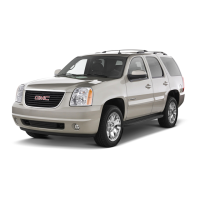
Do you have a question about the GMC 2011 Yukon XL Denali and is the answer not in the manual?
| Brand | GMC |
|---|---|
| Model | 2011 Yukon XL Denali |
| Category | Automobile |
| Language | English |
Overview of the vehicle's dashboard and controls.
Basic overview of important features for starting and driving.
Details on specific features like radio, satellite radio, and audio devices.
Information on vehicle keys, remote keyless entry, and door lock operation.
Anti-theft systems, mirror adjustment, and folding features.
Power window operation, express down, and sunroof functions.
Proper adjustment and installation of head restraints for occupant safety.
Power seat adjustment, lumbar support, and memory features for front seats.
How to use safety belts properly and why they are important for all occupants.
Information on airbag types, deployment, and safety precautions.
Details on instrument panel storage, glove box, cupholders, and console storage.
Information on cargo cover, tie-downs, and convenience nets.
Guidelines and warnings for using the vehicle's roof rack system.
Operation of steering wheel adjustment and controls for audio and other features.
Explanation of various warning lights, gauges, and indicators on the instrument cluster.
How to use the Driver Information Center (DIC) for vehicle data and messages.
Operation of exterior lamps, including automatic headlamps and fog lamps.
Controls for instrument panel illumination, dome lamps, and reading lamps.
Entry and exit lighting functions, and battery load management.
Overview of audio system features and driving safety.
AM-FM radio operation, RDS features, finding stations, and storing favorites.
CD/DVD player operation, care, supported formats, and audio output.
Operation of the rear seat entertainment system, including parental controls and headphones.
Operation of the dual automatic climate control system and rear climate controls.
Location and operation of air outlets, including tips for effective airflow.
Defensive driving, drunk driving, vehicle control, and starting procedures.
Engine exhaust, automatic transmission operation, and manual mode.
All-wheel drive, ABS, StabiliTrak, and brake system components.
Cruise control operation and parking/blind zone assist systems.
Importance of maintenance, dealer services, and performing basic checks.
Headlamp aiming, bulb replacement, and electrical system overload prevention.
Tire maintenance, inspection, replacement, and jump starting procedures.
Guidelines for towing and maintaining the vehicle's exterior and interior appearance.
Importance of regular maintenance, dealer services, and owner responsibilities.
When to perform maintenance based on mileage or the 'Change Engine Oil Soon' message.
List of approved fluids, lubricants, and replacement parts for vehicle servicing.
Information on the Vehicle Identification Number (VIN) and service parts identification label.
Approximate capacities and specifications for various vehicle fluids and components.
Procedures for resolving concerns, contacting assistance offices, and customer support.
Details on roadside assistance programs and scheduling service appointments.
Reporting safety defects to government agencies and General Motors.
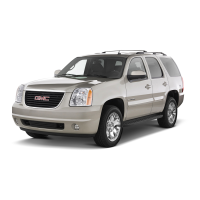
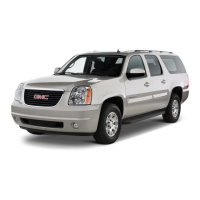
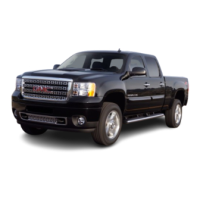
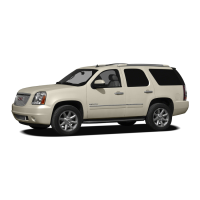
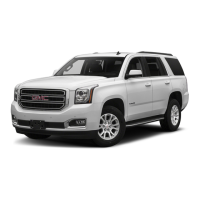
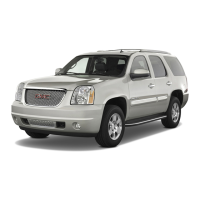
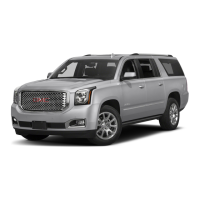

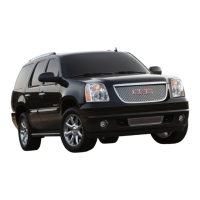
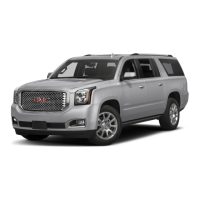
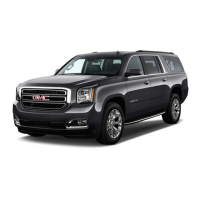

